Bac Ninh unlocks potential for inland waterway transport development
BAC NINH - Thanks to its favourable geographical location with numerous rivers, Bac Ninh province has gradually developed its inland waterway transport. This form of transportation is eco-friendly, helps ease traffic on roads, reduces costs, and contributes to environmental sustainability, while promoting the flow of goods.
In this context, the province is focusing on implementing synchronous management solutions to develop modern, safe, and sustainable waterway transport.
 |
|
Cargo handling at the Tan Cang Que Vo ICD. |
The province currently has five major river systems: Duong, Cau, Thai Binh, Luc Nam, and Thuong, with a total length of approximately 405 kilometers.
These river routes are well-positioned to transport large volumes of goods via waterway terminals and inland container depots (ICDs), linking with the industrial centres in Hanoi and the seaports of Hai Phong city.
Currently, there are nearly 100 inland waterway terminals and cargo handling ports along these rivers, many of which are modernised to handle construction materials, agricultural products, cement, steel, and industrial goods.
According to authorities, every year, the volume of goods transported by waterway reaches millions of tonnes, which helps reduce pressure on the road transport system, saving 20-30% of transportation costs compared to road transport.
It also alleviates traffic congestion, reduces pressure on infrastructure systems, and decreases emissions from vehicles.
At the Hung Giang inland waterway terminal on Thuong River operated by Hung Giang Company Limited in Tan Tien ward, on average, dozens of large cargo vessels enter and exit daily, loading construction materials, coal, sand, gravel, and soil for leveling to serve infrastructure construction within and outside the province.
Similarly, the Hoan Chinh terminal, operated by Hoan Chinh Production and Trading Company in Nenh ward, is also very active. Located on Cau River, this terminal handles about 800,000 tonnes of construction materials annually for projects both inside and outside the province.
The company generates over 100 billion VND (3.8 million USD) in revenue each year, contributes billions of VND to the state budget, and provides stable employment for 30 workers.
According to the Department of Construction, not only these two businesses, but many other companies in the province are also effectively utilising waterway transport through inland terminals, with revenues ranging from 20 billion VND to several hundreds of billions of VND annually.
According to the planning, in the 2025-2030 period, Bac Ninh aims to increase the share of waterway cargo transport to 25-30%, gradually forming a modern terminal system connected to the road and railway networks, as well as industrial zones.
Moreover, following the Government's direction regarding the development of effective waterway transport to promote logistics in the transport sector, the provincial People's Committee has translated this into action plans tailored to local conditions.
On July 23, the Chairman of the provincial People's Committee issued Official Dispatch No. 607/UBND-KTN on implementing measures to enhance the effectiveness of waterway transport and promote logistics development in the transport sector.
Nguyen Viet Hung, Director of the Department of Construction, stated that his department is responsible for updating and integrating the logistics centre and warehouse plan with waterway transport; and advising the Chairman of the provincial People's Committee on infrastructure and waterway transport service development plans.
The department is also pushing forward with digital transformation in waterway transport management, building a database for vessels, terminals, and navigation channels, and applying software to track and monitor routes to ensure transparent and timely management.
With the strong leadership from the province and the efforts of various sectors and businesses, waterway transport is evolving towards being modern, safe, efficient, and environmentally friendly, contributing to the establishment of a green logistics supply chain and promoting industrial development.
 Bắc Ninh
Bắc Ninh
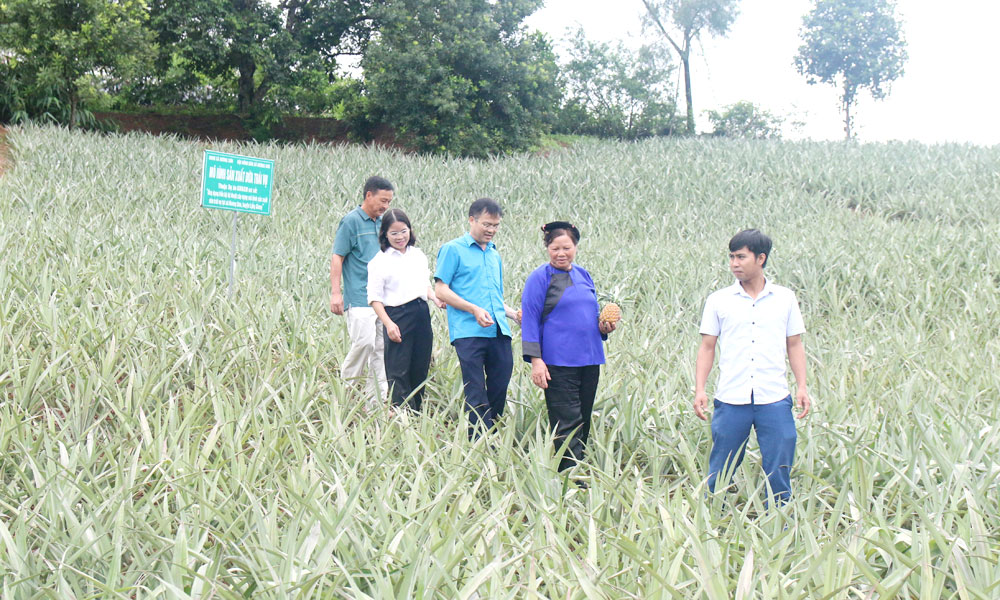
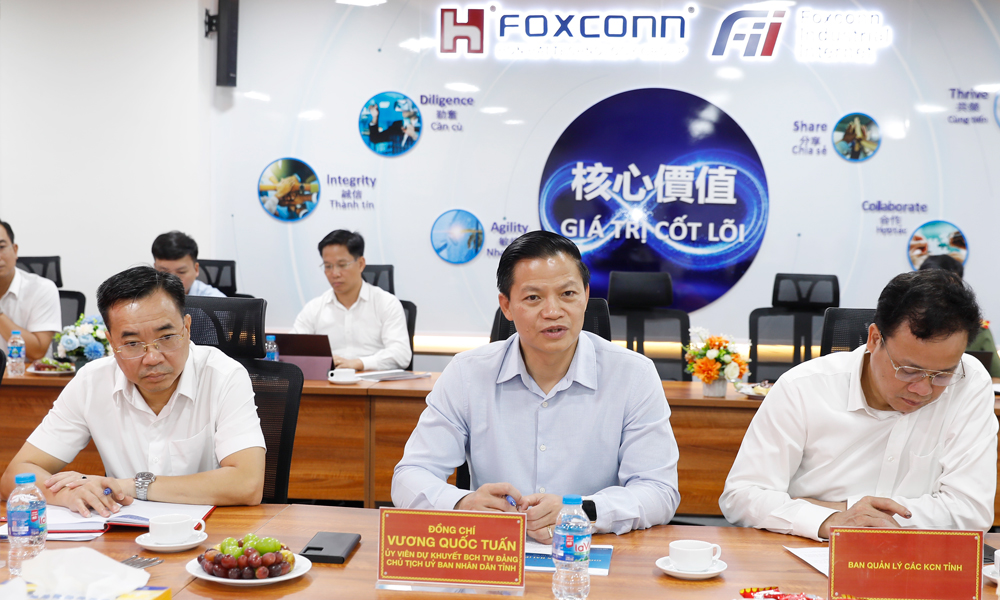

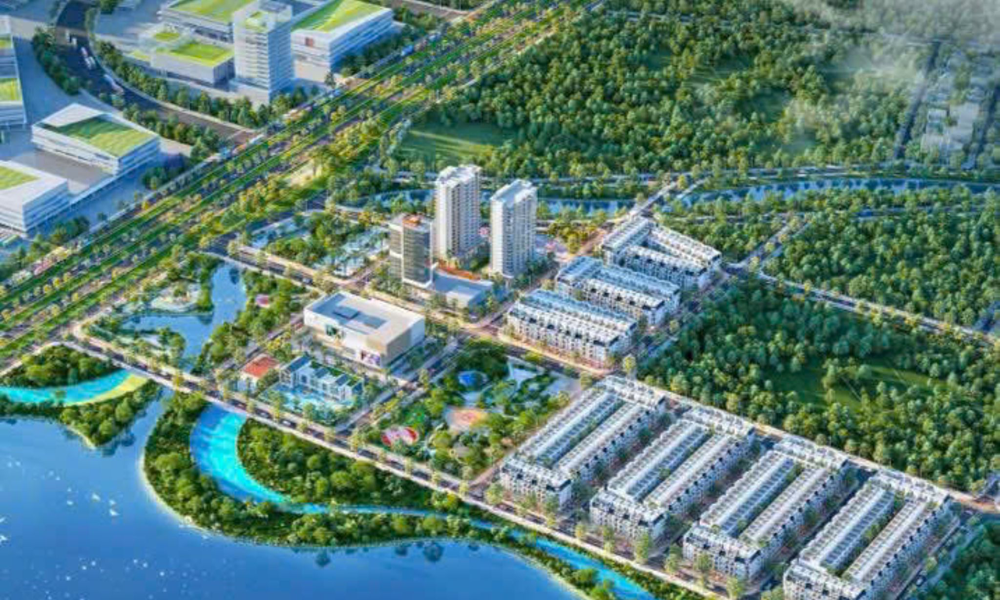

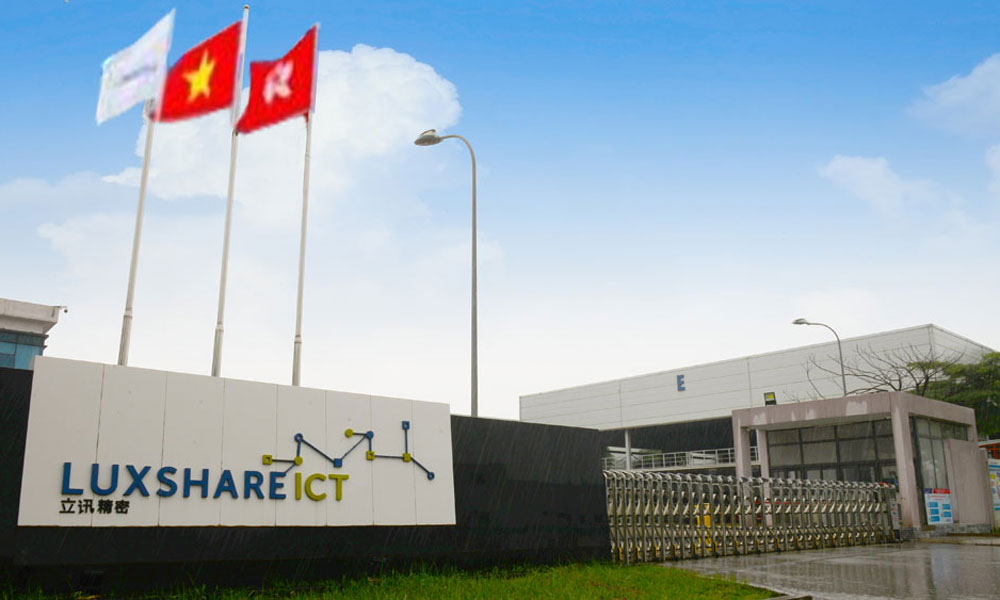
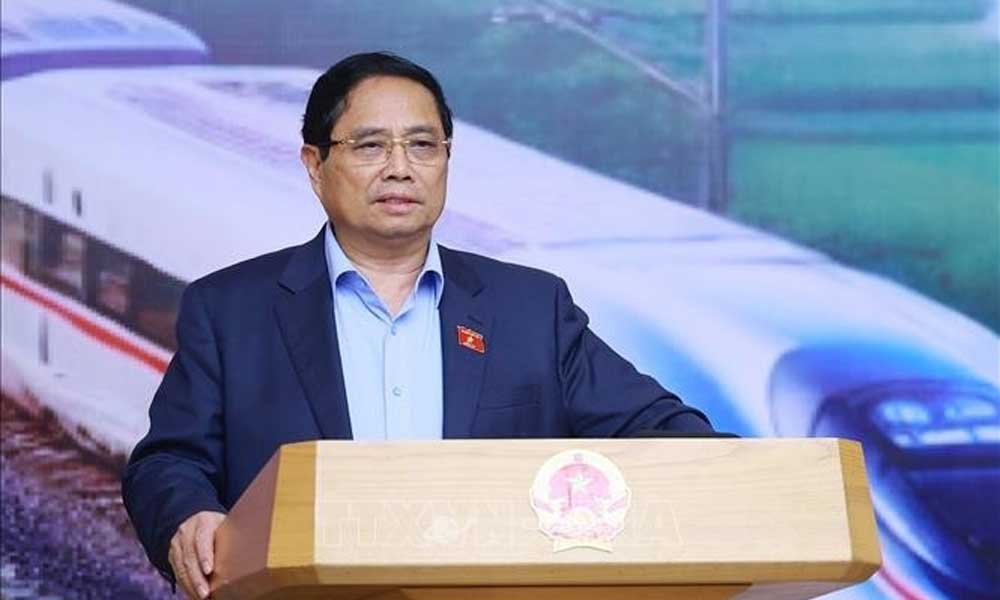
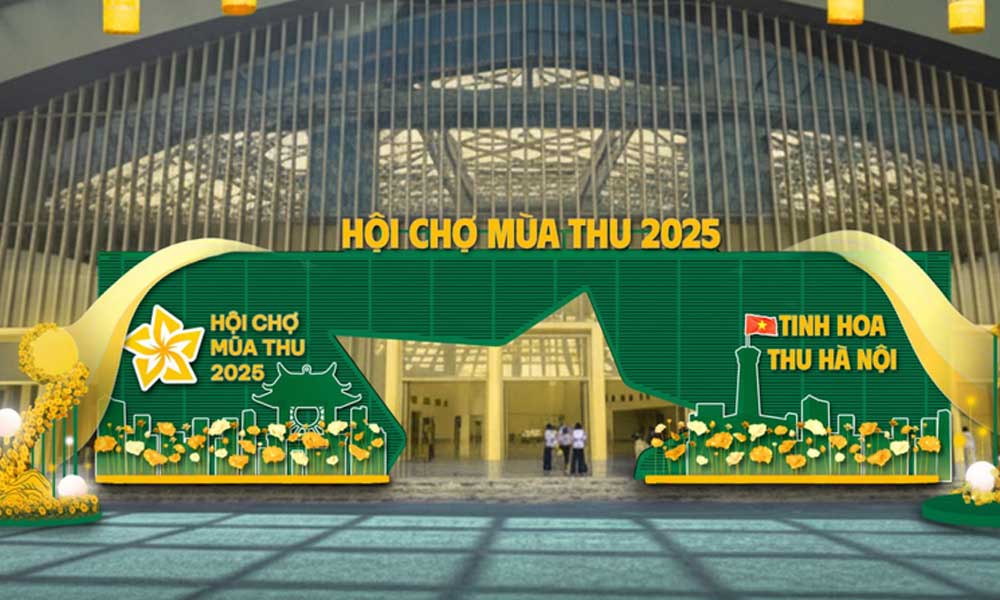





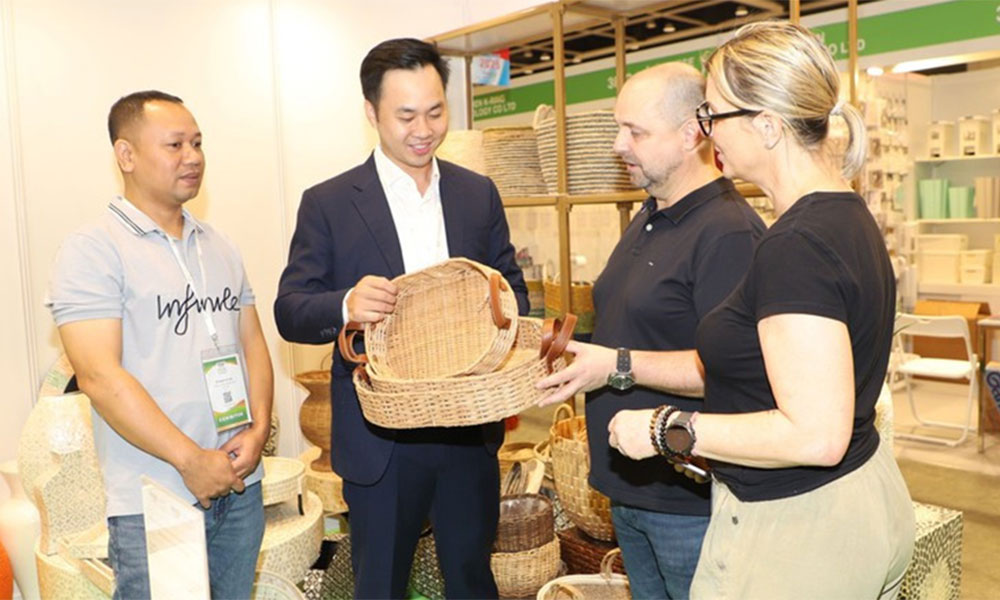



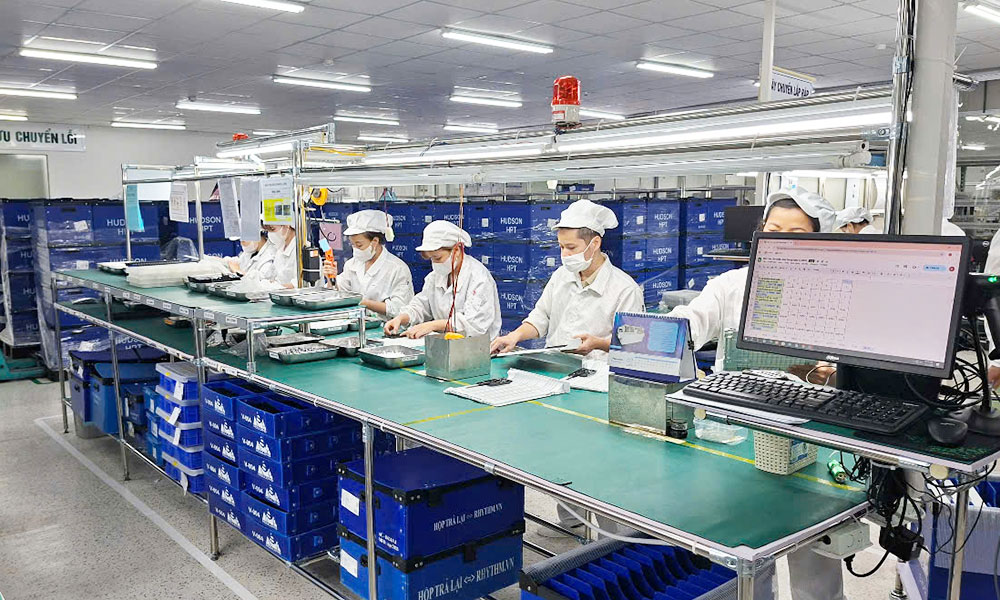





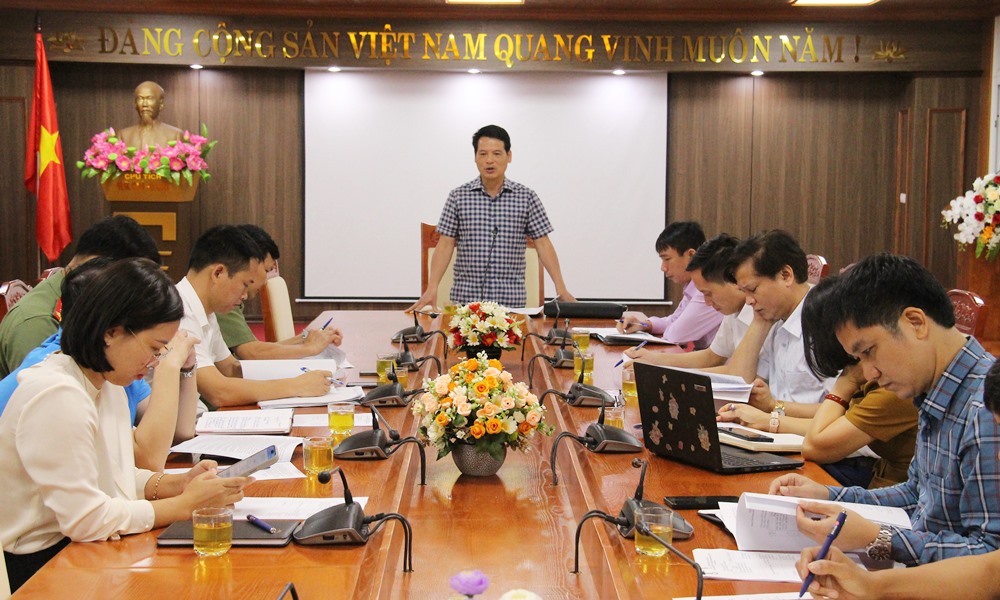

Reader's comments (0)